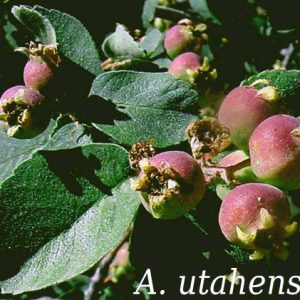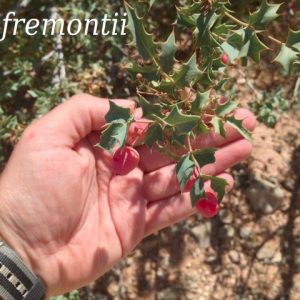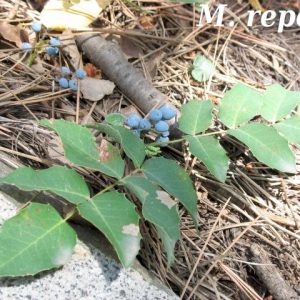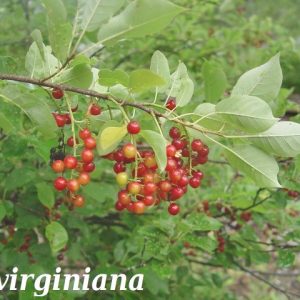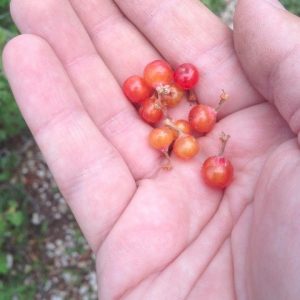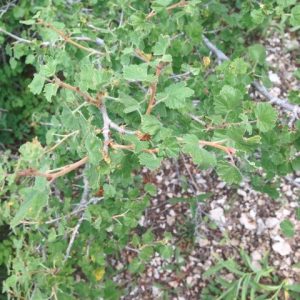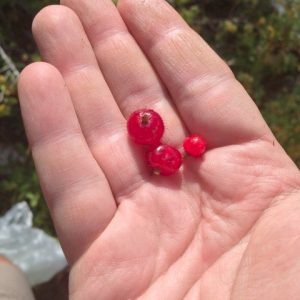Goodbye August! It was quite a whirlwind of a month here in Las Cruces. In the last two weeks of the month Eli and I have scurried around the state making seed collections as the plants start to drop everything after the July rains. Tridens, Erioneuron, Senna, Physaria, Fallugi and more! I absolutely love driving around to new places and walking through the endless grasses and flowers and seeing nothing but sky on the horizon. I think seed collecting is a serious form of meditation: thoughts are whirring through your head as you begin and you worry about all the things you need to do and suddenly your mind goes deliciously blank as you move from plant to plant. You are unaware of anything not directly surrounding you – the sun on your neck, the flies buzzing, and the sharpness of gravel on your knees. Suddenly- you’re done! You didn’t even know that you’ve been stooping over the ground on all fours for the last two hours. (Until you notice the terrific sunburn you’ve got on your back later that night).
This month we also had the pleasure of hanging out with Krissa, Wes, and Sophia from the Chicago Botanic Garden. We made a day of collecting some cuttings of the rare Lepidospartum plant that the Garden had attempted to propagate about a month ago. Despite various GPS malfunctions and a significant lack of shade, it was a great afternoon full of story-swapping and great advice. As a recent college grad, I can definitely say that I’m not exactly sure what I want to do with my life/career so it’s always great to hear from other professionals or friends in interesting fields.
While the CBG team was in Las Cruces we also got to capture hawk moths! “Capture” meaning grabbing the docile beasts in our hands and unrolling their proboscis to swab them for pollen. It was ridiculous! First we settled near a Datura plant (a large, white flower perfect for the hawk moth’s long proboscis). Krissa and Wes unrolled a large white sheet onto a frame and illuminated it with a UV light. Suddenly, little moths were flocking to the sheet. “Surely one of these are a hawk moth!” I surmised. Wrong. A hawkmoth finally did show up and it was as large as a small bird. I had no idea that a moth could get so large, it was quite an eye-opening experience. Then, someone grabbed the hawkmoth gently while Krissa unrolled its long, shiny “tongue” with a needle and rubbed it with a slice of agar. Later, she would burn off the agar and look at the pollen left on a slide. This would tell her what flowers the hawkmoths had recently pollinated. During all this I suddenly thought – if I think this is cool, everyone else would too! Imagine how interested you could get kids in science and pollination if you showed them this!? (Or they would at least be excited by standing in the dark with a black light and probably freaking out passing motorists, like I was).
We sadly bid adieu to Krissa, Wes, and Sophia and then embarked on our monumental collection spree. It’s been quite the month and I’m thoroughly tired and happy. I can’t believe it’s been over two months! I’m excited for what’s to come and also to shatter our mentor’s goal of 25 seed collections. Onward!
Peace out,
Kate

